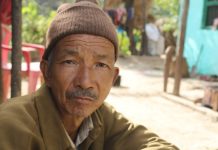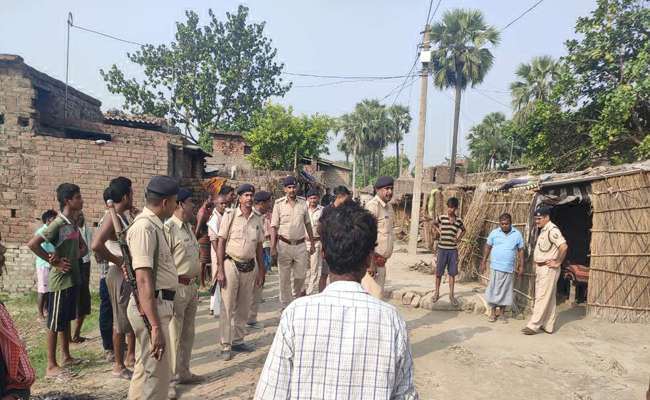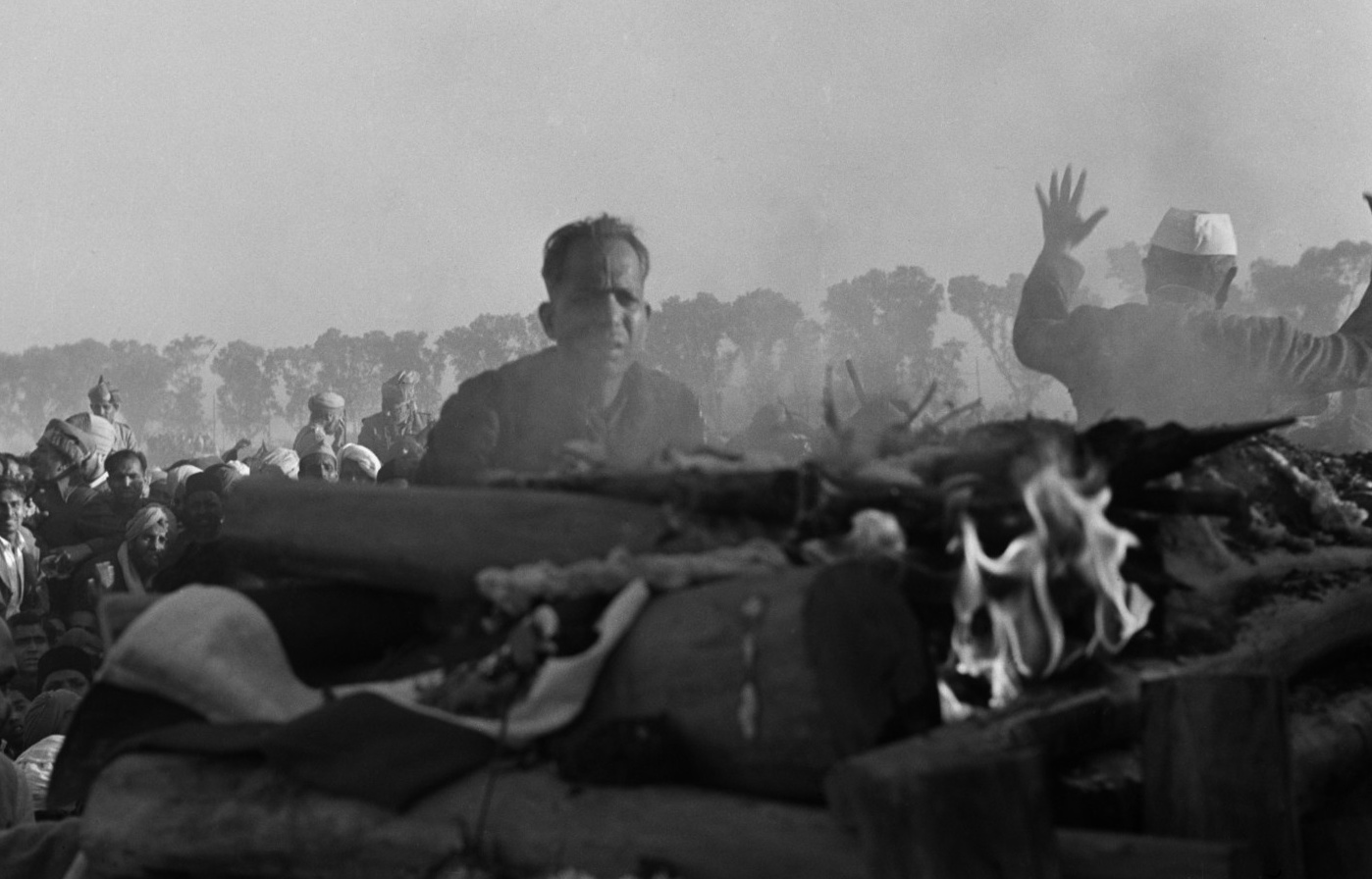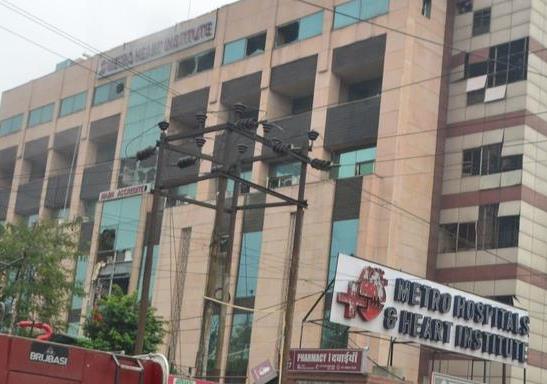The death of American missionary John Chau on the North Sentinel Islands has raised a debate on the onslaught of the modern civilization and the rights of the indigenous populations. It is a complex issue that must be revisited time and again.
Rajeshwari | The New Leam
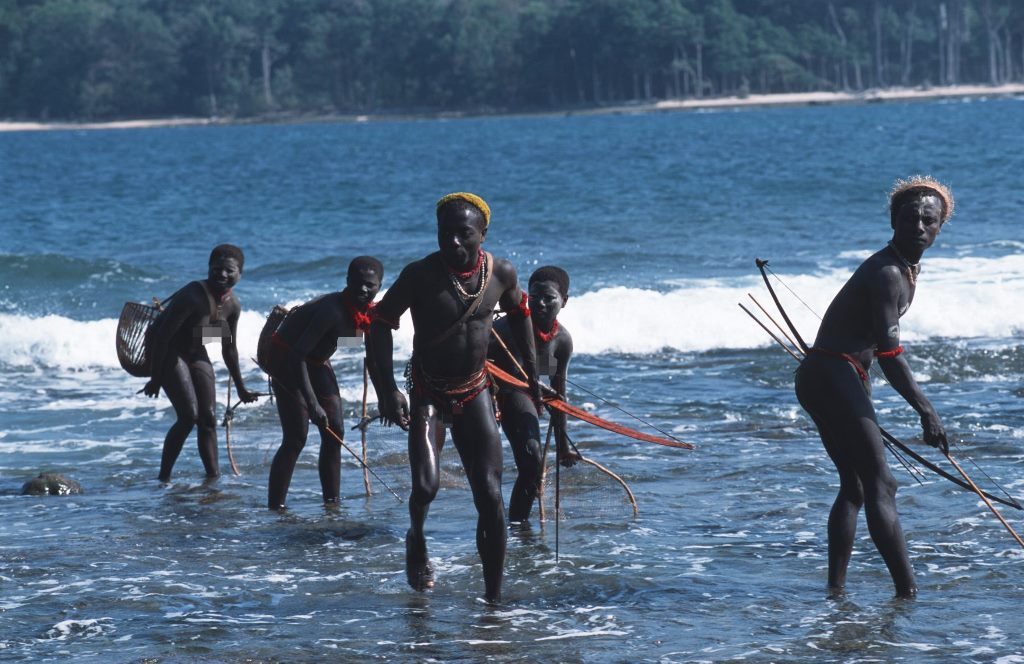
On September 17th, 2018, a man named John Chau was killed at the North Sentinel Island. The 26 year old, American evangelical and adventurer died in the North Sentinel Islands in South Andamans. John Chau, a Christian missionary, ventured to the islands which are home to the Sentinelese, the hunter-gatherer tribe that have resisted contact with the outside world through their entire period of known history. Chau reached the islands with the idea to proselytize the natives to Christian faith. The North Sentinel islands are part of the Andaman and Nicobar archipelago and administered by India. The country has laid down strict laws that prohibit any outsiders to visit and make contact with the Sentinelese, given the troublesome history and demands to leave the tribe alone.
The recent violent death of the American missionary at the hands of the defiant tribe, has gained attention internationally and raises the concern that puts the indigenous people at risk for maintaining their reclusiveness from the outside world.
The main tribes of the Andamans- the Jarawas, Onge, The Great Andamanese, and the Sentinelese have all experienced troubled past contacts right from the colonial times. The colonial policy of assimilating and annihilating the tribes through violence and assault, religious conversions, encroaching on their land, and introducing alcohol and sugar and other imperial vices, has left a deep scar on the indigenous people and their relationship with the outside world. Even during the post colonial times, the Indian government often adopted regressive policies towards the indigenous people. During 1960s and 1970s gift giving expeditions were sent to the islands to make peaceful contact with the inhabitants.
Such efforts from the government has often resulted in negative fallouts with the islands’ ecosystem and the indigenous people. For instance, the construction of ill-conceived Andaman Grand trunk road in the pristine Jarawa tribal reserve had led to controversial “human safaris” reducing the Jarawas to become listless and beg for food from the outsiders. The attempts to making contact have also had major health breakouts as the isolated communities are not immune to the microbes from the outsiders.
This has resulted in measles breakout among the Jarawas and poses threat to wipe out the entire tribe. Due to this, in 2002 the Supreme Court laid down strict laws that prohibit outsiders to make contacts with the isolated tribes and demands to respect their isolation. The 2007 UN Declaration of the Rights of Indigenous People recognizes the rights of the indigenous people to identify themselves different and their respect their right to self-determination.
The Sentinelese over the known period of history since colonial times have been resilient in their resistance to the outsiders. Even during the 2004 tsunami, survived the natural disaster and refused to take any help from the outside community.
The government of India maintains that the population of the community has been fluctuating between 50 -150 over the last decade.
Chau’s attempt to make contact with the Sentinelese has been considered at best misguided or worst, as plain wrong. The media coverage on the issue has been recognized as an infringement of Sentinelese’s territory and violation of the Indian law. Even the fellow missionaries from America and Canada examined the act with less sympathy and regarded it “reckless”. Such reactions in the media, condemning the Western missionary’s attempt to ‘free the natives from Satan’s stronghold’ and integrate them with the dominate society, shows the shift in the attitude towards the position of the indigenous people in the present development discourse.
The works of the activists, anthropologists and the indigenous advocates over the decades has delegitimized the advocacy to mainstream the isolated communities by recognizing their right to self-determination and autonomy.
The recent death of Chau, once again raises concerns over the fate of the Sentinelese and their resistance to outside world. While there exists an anthropological curiosity to understand the ways of a neolithic community, the Sentinelese located in their island must be painfully aware of the alien world that is looming around them. The airplanes crossing through the skies, the prying eyes of the tourists from the distance, the ongoing vessels at a distant, and the occasional fishermen along the coast line, all bear marks of the world that closely surrounds them and a threat to their self-determination.
The recent crisis in the Sentinel islands raises the question how long will such a small indigenous community be able to withhold its identity and stronghold over the land before the looming civilization that is constantly trying to integrate them has taken over? In the wake of the recent incidents many anthropologists and activists have presented petition to the government, asking them to redouble its effort to protect the indigenous people from the eyes of the prying outsiders.


